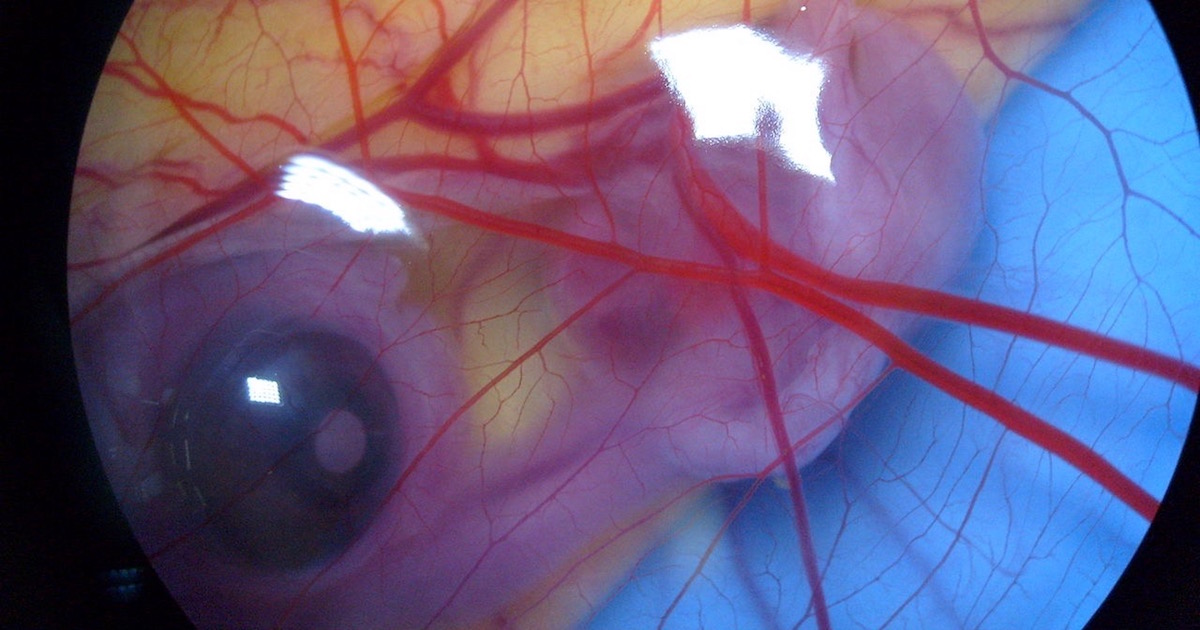 Evolution
Evolution
 Life Sciences
Life Sciences
How Embryonic Development Bears on Evolution


In order for evolution to have occurred as the orthodox theory describes, the intricate embryonic development stages of species must have evolved. Indeed, the developmental pathways of the species would be crucial in such a process. If we are to believe the evolutionary claim that the species spontaneously arose, then untold embryonic development pathways must have somehow undergone massive change.
But while evolutionists expected the study of such evolution of development to yield great insight into the evolutionary process and history, it has underwhelmed. This shortcoming is well known, as exemplified in a 2015 paper, “The Comet Cometh: Evolving Developmental Systems“:
First, traditional comparative approaches to the evolution of development — whether focused on the morphological or on the molecular/genetic level — are reaching their limits in terms of explanatory power. [Emphasis added.]
Except that this is an overstatement. To say that comparative approaches “are reaching their limits in terms of explanatory power” is to suggest that there was, at one time, some significant level of explanatory power provided. That would be a very optimistic interpretation of the data.
The paper continues:
The more we learn about the evolution of pattern-forming gene networks, or the ontogeny of complex morphological traits, the more it becomes clear that it is less than straightforward to conclude anything about evolutionary origins or dynamics based on such comparisons alone.
“Less than straightforward”? Let’s be clear — a more accurate descriptor would be “impossible.” In fact, the evidence does not reveal an evolutionary history, but rather is supported by the theory. Evolutionary theory does not follow the data, as Huxley prescribed, but rather the data follow the theory.
The paper continues:
On the one hand, homoplasy or convergent evolution abounds at all levels of investigation. One of the most lauded major insights of EvoDevo is that a common toolkit of genes and signaling pathways is reused over and over again to create a large diversity of different body plans, shapes, and organs.
Most lauded major insights? That would be the mother of all euphemisms. Evolutionists are always rationalizing devastating contradictions as teachable moments, and here we have yet another example. To cast the nonsensical finding of a “common toolkit” as a “major insight” is laughable.
This becomes clear as the paper continues:
Because of this, similarities in gene expression patterns or morphological structure often do not necessarily imply common ancestry, since they may as well reflect the frequent reuse of the same regulatory or morphogenetic modules.
Profound similarities “do not necessarily imply common ancestry.” We have now entered a Lewis Carroll world, as Elliott Sober would put it. The whole point of evolution was that such similarities revealed and mandated common descent. But now, we have the exact opposite, as similarities cannot be due to common descent, but must have arisen independently. And this is an “insight”? A fundamental prediction is demolished and evolutionists do not skip a beat. This is not science.
But it gets worse:
On the other hand, developmental system drift allows conserved networks to change considerably in terms of their component genes and regulatory interactions without changing the phenotypic outcomes such systems produce. This means that even functionally conserved regulatory networks can become unrecognizably divergent at the molecular and genetic level, especially across large evolutionary time spans.
We have now reached the height of absurdity. First, profound developmental similarities were found which could not be ascribed to common descent. Now we find that those developmental pathways which can (theoretically) be ascribed to common descent are profoundly different.
When will this bad dream end? The science contradicts the theory. Over. And over. And over. And over.
Photo: Chicken embryo, one week old, by Ben Skála (Own work) [GFDL or CC BY 3.0], via Wikimedia Commons.
Cross-posted at Darwin’s God.
